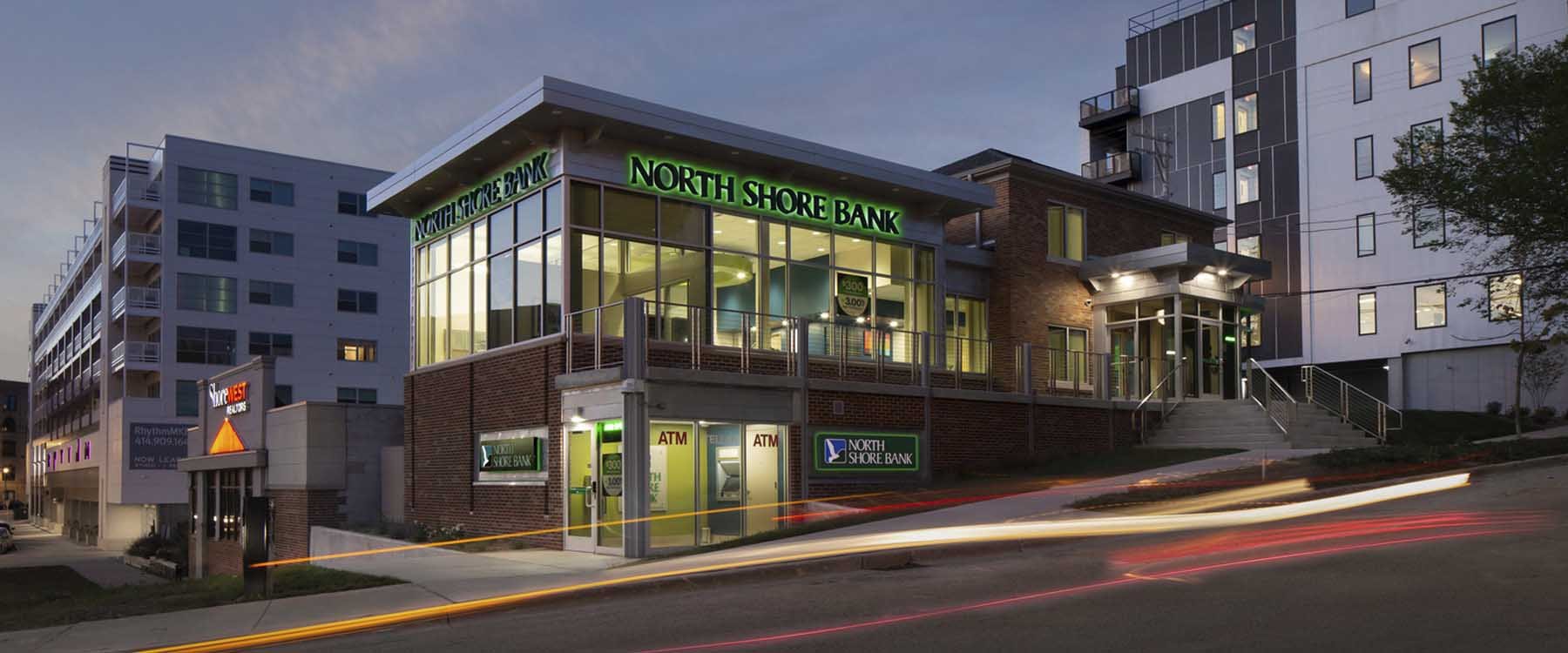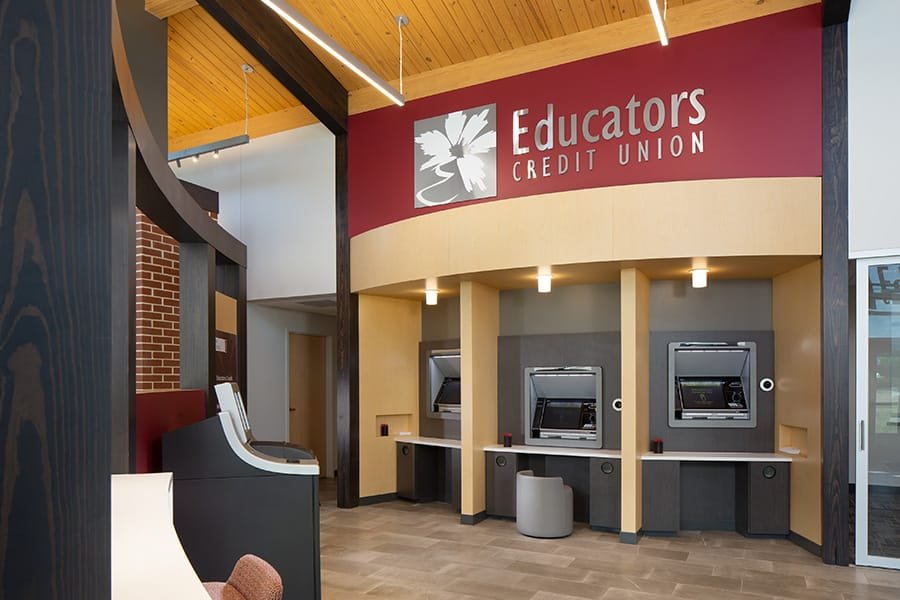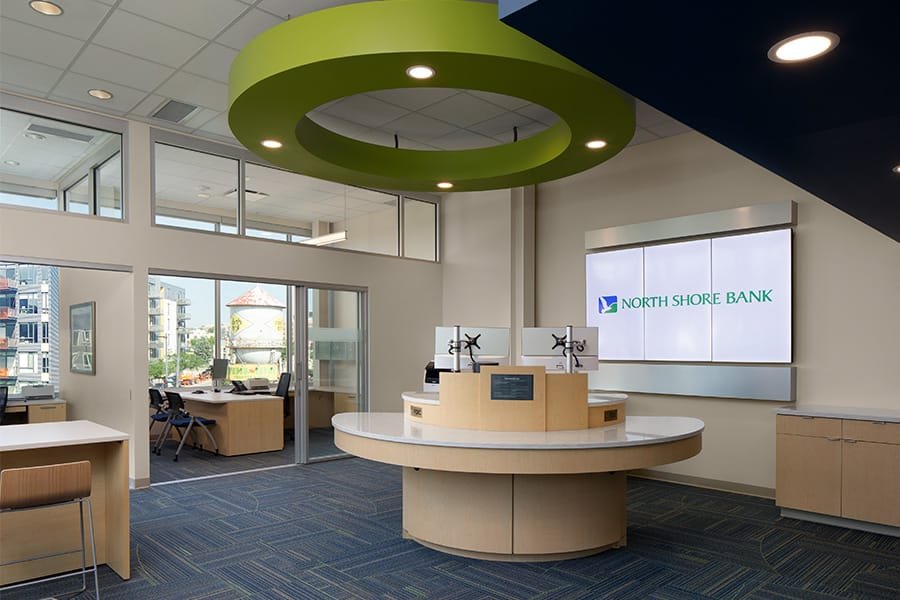Branch Transformation and the Customer Experience
The evolution of banking, like all consumer services, is evolving quickly. This, in turn, is creating new bank and credit union design trends for financial institutions to consider. Consumer banking in the 21st century certainly looks and feels different than it did in previous generations. A weekly or monthly trip to one’s local branch was once as routine as the subsequent trip to the grocery or department store. The dawn of an interconnected and technologically savvy society has ushered in a new approach for consumers accessing financial services. This, in turn, has a lasting impact on bank architecture and the physical architecture of brick-and-mortar locations. The COVID-19 Global Pandemic has further accelerated the need for financial institutions to offer more diverse means for their customers to access these services as well.
Bank and credit union architects have noticed these changes. They have responded with eight design trends that are influencing branch bank architecture:
The Eight Important Bank Design and Credit Design Issues:
- MOBILE BANKING – Offers convenience and increases financial awareness for consumers while lowering overhead costs for banking institutions.
- TELLER PODS – Teller Pods are free-standing that break down the physical and mental barrier between a teller and consumer allowing for greater collaboration.
- INTERACTIVE TELLER MACHINES (ITMs) – ITMs are enhanced ATMs that provide all the services of ATMs, while also involving a live teller at a remote location. ITMs offer greater staffing flexibility to organizations.
- CONCIERGE POD – The concierge pod hosts a greeter that provides a hospitality atmosphere.
- LOBBY SPACE– The lobby is dedicated to the customer experience with branding that integrates comfortable furniture, a beverage/snack bar, and charging stations.
- OFFICES AND CONFERENCE SPACES – Conference rooms are decreasing in size as additional small private offices are required for staff.
- DRIVE THRU – Drive-thrus are becoming larger in order to service more customers, influencing the site and building design of today’s banks and credit unions.
- THE PANDEMIC EFFECT – COVID-19 brought awareness of our proximity to each other, and our interaction with the physical environment. This leads to flexible designs, touchless technology, and unique space configurations that provide for larger personal space.
In this whitepaper, Bank Design & Credit Union Design Trends: Branch Transformation and Customer Experience by PRA’s bank architect Ryan Schmitz, we explore these eight trends further, their impact on bank architecture, and attempt to extrapolate how the evolution of banking will evolve in the foreseeable future.
The North Shore Bank at North End and the Educators Credit Union in Mukwonago integrate trends. Read about each project in the links below:
About the Author:
Ryan Schmitz, Associate

Ryan is a Project Architect and Associate with over 20 years of experience. He believes being an architect requires him to assume many roles including designer, facilitator, mediator, and economist. The role in which he excels is being a problem solver. Ryan seeks solutions that are sensible, equitable, and serve to enrich the project.


